What's driving the surge in food prices and what are the knock-on effects?
Data from the Food and Agriculture Organisation's (FAO) monthly food price index, shows prices in May were 40% higher compared to last year. John Stepek looks at what is causing higher food inflation.
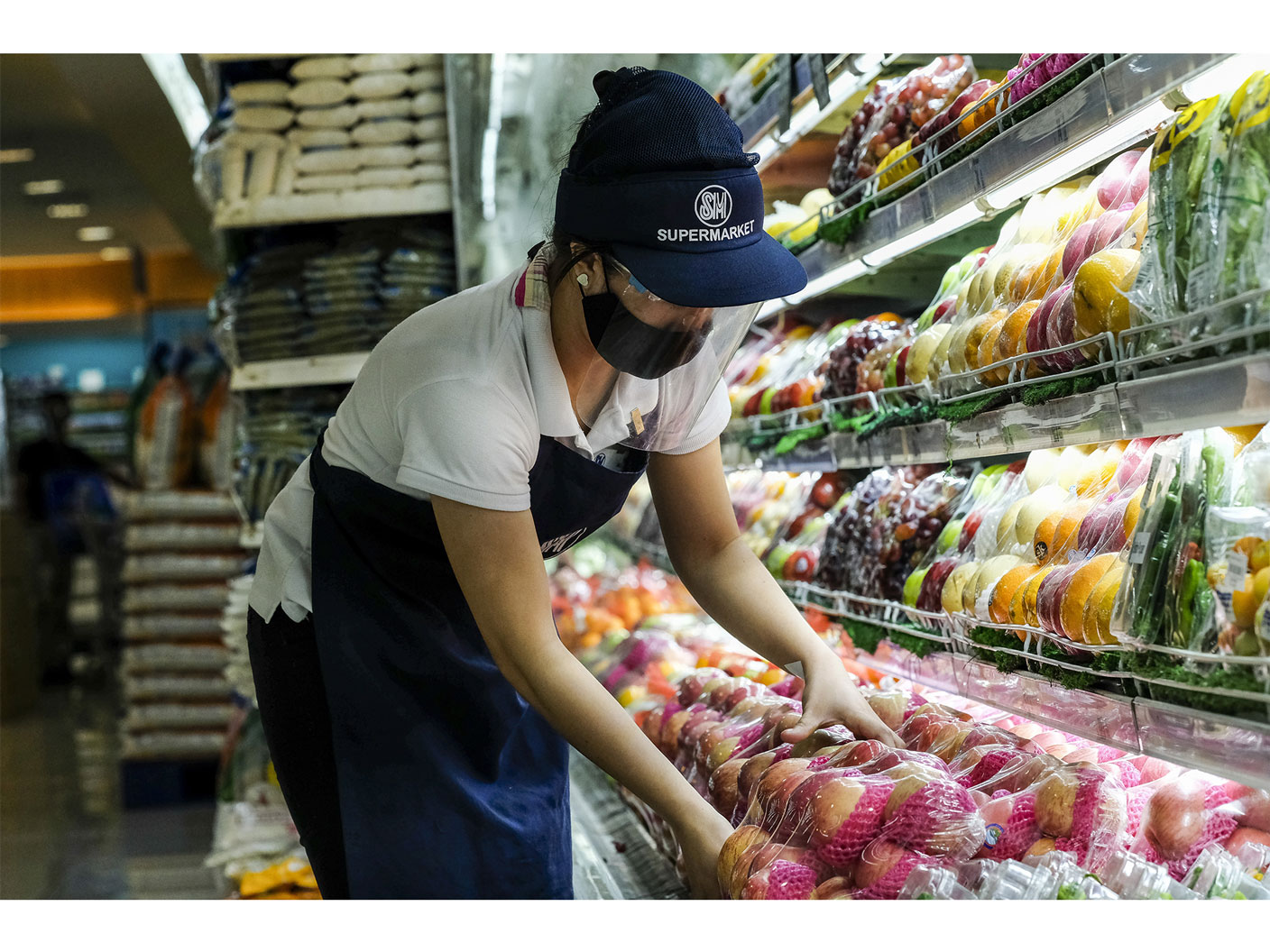

We've been talking a lot about inflation in the past few months. For most, the jury is still out as to just how troublesome and persistent inflation will be.
However, one set of prices is already rising at double-digit rates. And it's in a category with probably more potential than any other to cause political and social upheaval.
We're talking about food prices...
MoneyWeek
Subscribe to MoneyWeek today and get your first six magazine issues absolutely FREE

Sign up to Money Morning
Don't miss the latest investment and personal finances news, market analysis, plus money-saving tips with our free twice-daily newsletter
Don't miss the latest investment and personal finances news, market analysis, plus money-saving tips with our free twice-daily newsletter
What's behind the surge in food prices?
Food prices are rising at their fastest rate since 2011. According to the UN Food and Agriculture Organisation's (FAO) monthly food price index, prices in May were up an extraordinary 40% on the year before.
The food price index is a composite of five other indices measuring different food groups: cereals, vegetable oils, dairy, meat and sugar. They're all a lot higher than they were a year ago, vegetable oils in particular (biodiesel is a big culprit here).
As Chelsea Bruce-Lockhart and Emiko Terazono report in the FT, the cost of everything you need to make a cooked breakfast has gone up sharply – coffee, milk, sugar, wheat, oats and orange juice are up by nearly 30% on 2019 levels. The price of pork is up more than 50%.
A number of factors are driving the surge. Weather is obviously a huge issue in food production and a drought in Brazil has been partly to blame for some higher prices, though this has been offset somewhat by better conditions in the US and EU.
But in terms of the overall problem, it's mostly down to coronavirus-related disruption.
The pressure on supply chains has affected production and distribution of food. It's become more expensive to grow and more expensive to ship around the world. Governments have also been stockpiling grains during the pandemic, notes the FT. And then there's the re-opening factor: as the restaurant trade opens up again, that will result in more demand.
In all, says Abdolreza Abbassian of the FAO, the system is looking fragile: "We have very little room for any production shock. We have very little room for any unexpected surge in demand in any country."
The good news – in the longer run – is that the cure for high prices is high prices. When farmers see that prices are high they will want to plant as much as they can, and in turn that will bring prices down in time. It's also much quicker to shift agricultural resources than it is to find a new seam of copper or tin, for example.
So from a specific investment point of view, the most practical way to invest for rising food prices is to invest in the equipment that farmers will be buying as they gear up to grow more of the stuff.
However, it's fair to say that agricultural equipment stocks have come a very long way in the last year. John Deere's share price has more than doubled in the past year, and has tripled from its low in March 2020. It's trading on a price/earnings ratio of 24, which looks steep.
At a glance, potash and fertiliser companies look more promising – Mosaic is one option to investigate further if you're interested. (There are ways to trade the prices of agricultural commodities directly but it's a high-risk area and not worth bothering with unless you already know what you're doing).
How food prices impact on the bigger picture
However, that's the longer run. In the shorter run, a bigger concern for us all - including investors - might be the potential impact of food price inflation on the bigger picture environment.
The consumer price indices that developed world central banks pay the most attention to ignore things like food and energy prices. It's easy to mock this, but there is a reasonable rationale behind it. Such prices are prone to spikes and slumps, and so they make the data noisy.
However, it's one thing when we're seeing minor cyclical variations. It's another when we're seeing the sorts of persistent price surges that can have real world consequences.
Surges in the prices of food and fuel might be the sort of thing that central banks "look through". But they are profoundly disruptive in a way that other forms of inflation simply aren't.
Higher food prices aren't as politically incendiary in developed nations as higher fuel prices are, simply because they account for a much smaller proportion of most people's spending.
But they are a very serious issue in developing nations, and you don't have to look very far back to see examples. Rising food prices were definitely a contributing factor to global unrest in both 2008 and in the "Arab Spring" protests of 2010 and 2011.
China is particularly sensitive – soaring food price inflation is widely viewed as a major driving force of the protests in 1989 that led to the Tiananmen Square massacre. In a recent piece for Gavekal, Louis-Vincent Gave notes that this is likely one reason why China has been allowing the renminbi to rise so sharply in recent months - to help keep a lid on inflation.
For now, it's just something to keep an eye on. But it's another factor that may well push emerging economies to end up raising interest rates more quickly, and pushing them higher, than they otherwise would have. We'll have more on the potential consequences of this in a future issue of MoneyWeek magazine (get your first six issues free here if you aren't yet a subscriber).
Get the latest financial news, insights and expert analysis from our award-winning MoneyWeek team, to help you understand what really matters when it comes to your finances.
John Stepek is a senior reporter at Bloomberg News and a former editor of MoneyWeek magazine. He graduated from Strathclyde University with a degree in psychology in 1996 and has always been fascinated by the gap between the way the market works in theory and the way it works in practice, and by how our deep-rooted instincts work against our best interests as investors.
He started out in journalism by writing articles about the specific business challenges facing family firms. In 2003, he took a job on the finance desk of Teletext, where he spent two years covering the markets and breaking financial news.
His work has been published in Families in Business, Shares magazine, Spear's Magazine, The Sunday Times, and The Spectator among others. He has also appeared as an expert commentator on BBC Radio 4's Today programme, BBC Radio Scotland, Newsnight, Daily Politics and Bloomberg. His first book, on contrarian investing, The Sceptical Investor, was released in March 2019. You can follow John on Twitter at @john_stepek.
-
 MoneyWeek news quiz: How much can you win in Premium Bonds?
MoneyWeek news quiz: How much can you win in Premium Bonds?Quiz Premium Bonds, ChatGPT, and the start of the festive season all made headlines this week. How closely were you following the news?
-
 Salary sacrifice pensions cap: 3.3 million workers to be hit by contribution limits
Salary sacrifice pensions cap: 3.3 million workers to be hit by contribution limitsThe government has revealed further details of its controversial cap on pension contributions through salary sacrifice. Here is how the changes could affect you
-
 What's behind the big shift in Japanese government bonds?
What's behind the big shift in Japanese government bonds?Rising long-term Japanese government bond yields point to growing nervousness about the future – and not just inflation
-
 UK wages grow at a record pace
UK wages grow at a record paceThe latest UK wages data will add pressure on the BoE to push interest rates even higher.
-
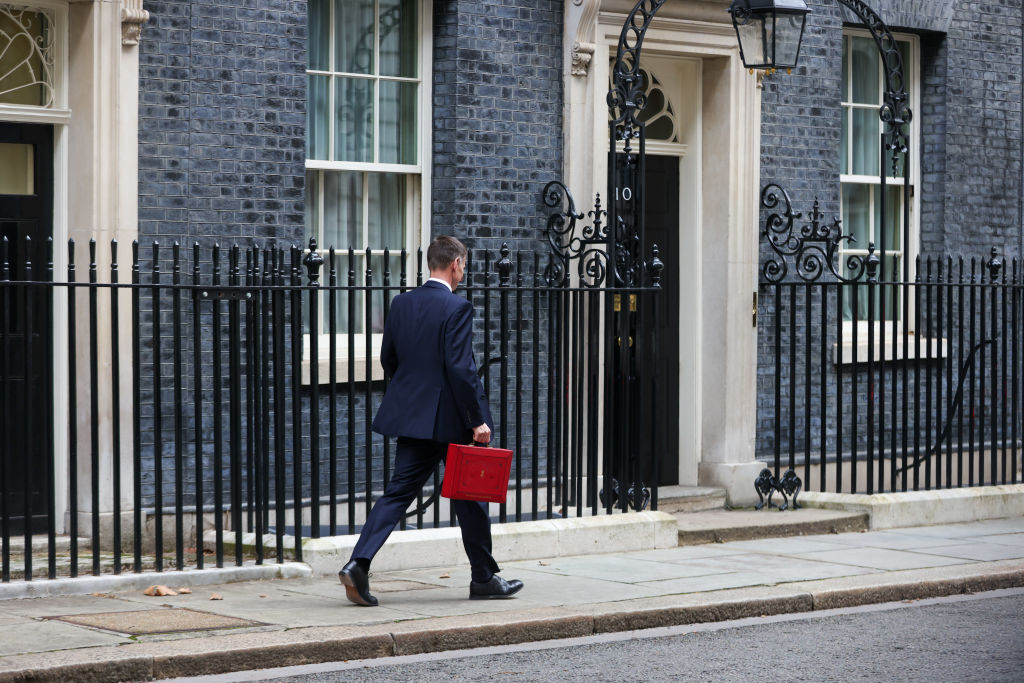 Trapped in a time of zombie government
Trapped in a time of zombie governmentIt’s not just companies that are eking out an existence, says Max King. The state is in the twilight zone too.
-
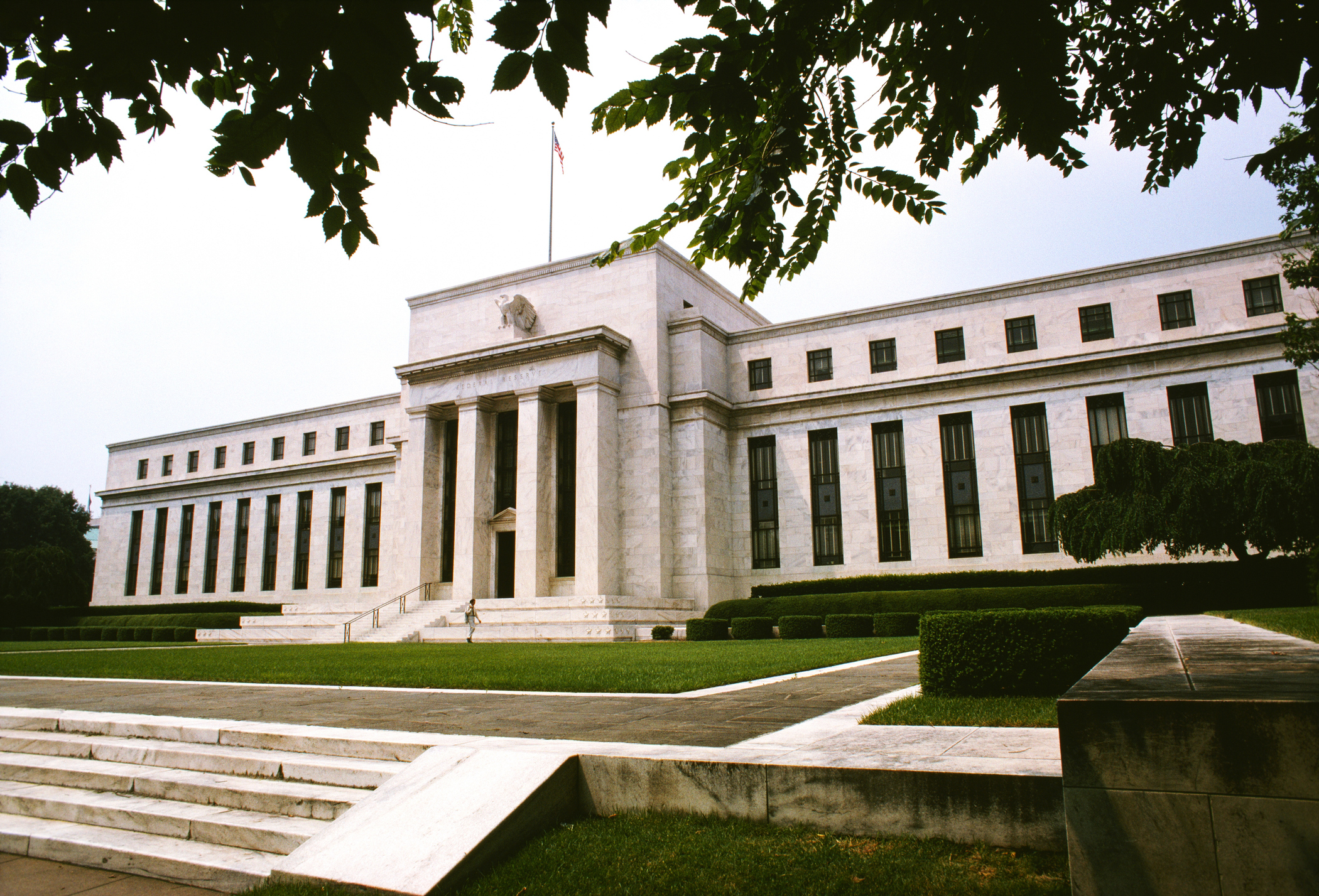 America is in deep denial over debt
America is in deep denial over debtThe downgrade in America’s credit rating was much criticised by the US government, says Alex Rankine. But was it a long time coming?
-
 UK economy avoids stagnation with surprise growth
UK economy avoids stagnation with surprise growthGross domestic product increased by 0.2% in the second quarter and by 0.5% in June
-
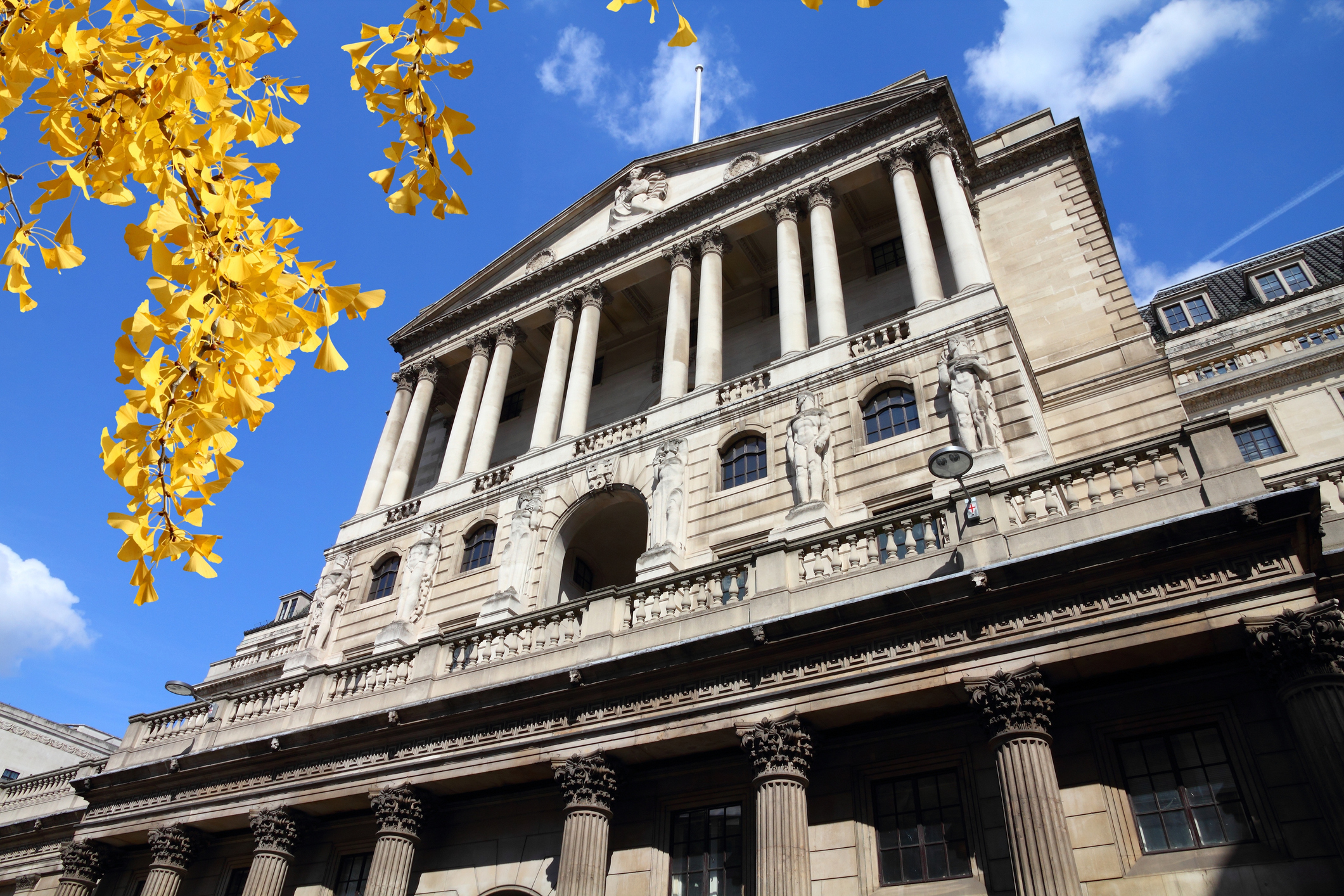 Bank of England raises interest rates to 5.25%
Bank of England raises interest rates to 5.25%The Bank has hiked rates from 5% to 5.25%, marking the 14th increase in a row. We explain what it means for savers and homeowners - and whether more rate rises are on the horizon
-
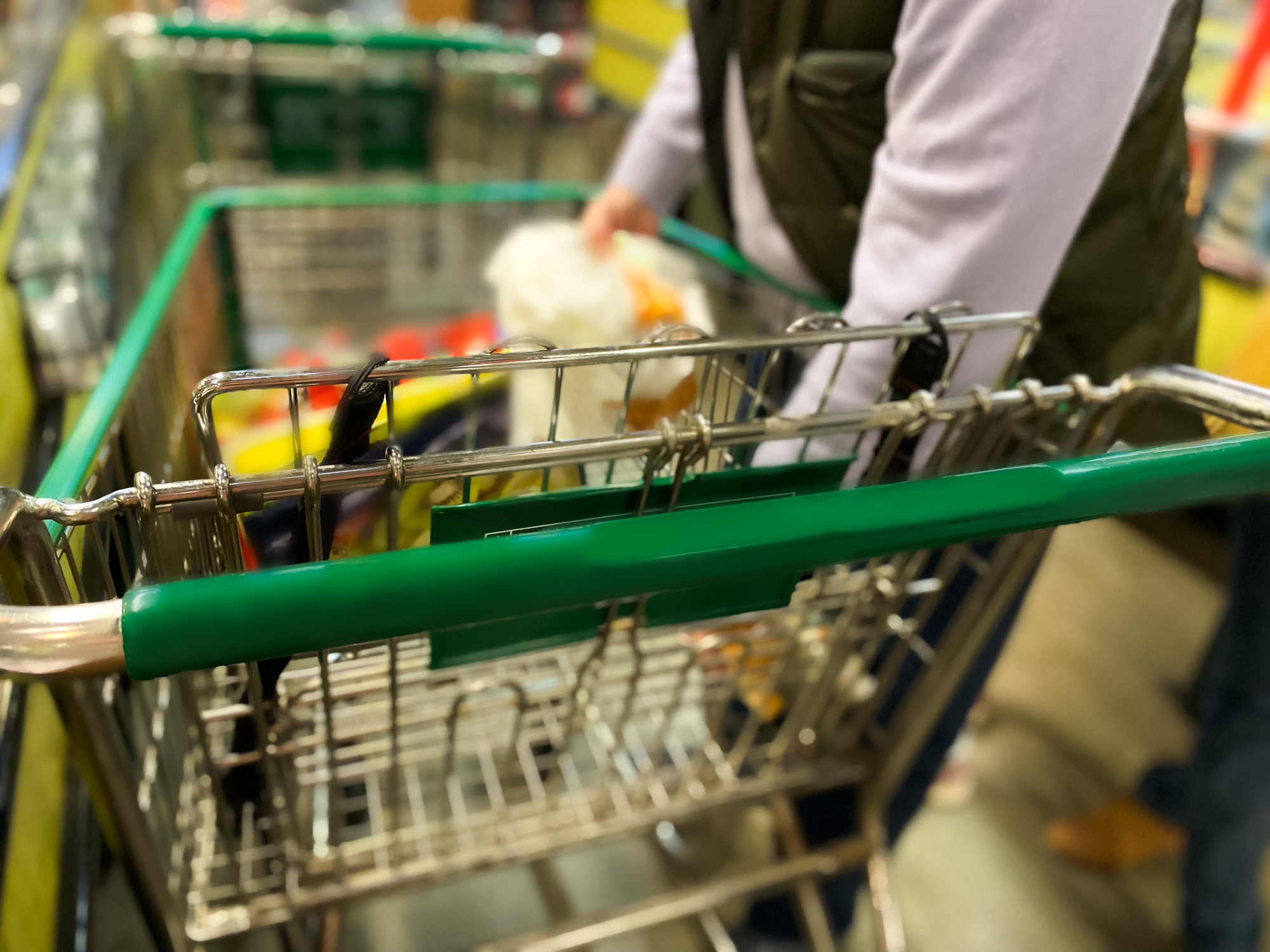 UK inflation remains at 8.7% ‒ what it means for your money
UK inflation remains at 8.7% ‒ what it means for your moneyInflation was unmoved at 8.7% in the 12 months to May. What does this ‘sticky’ rate of inflation mean for your money?
-
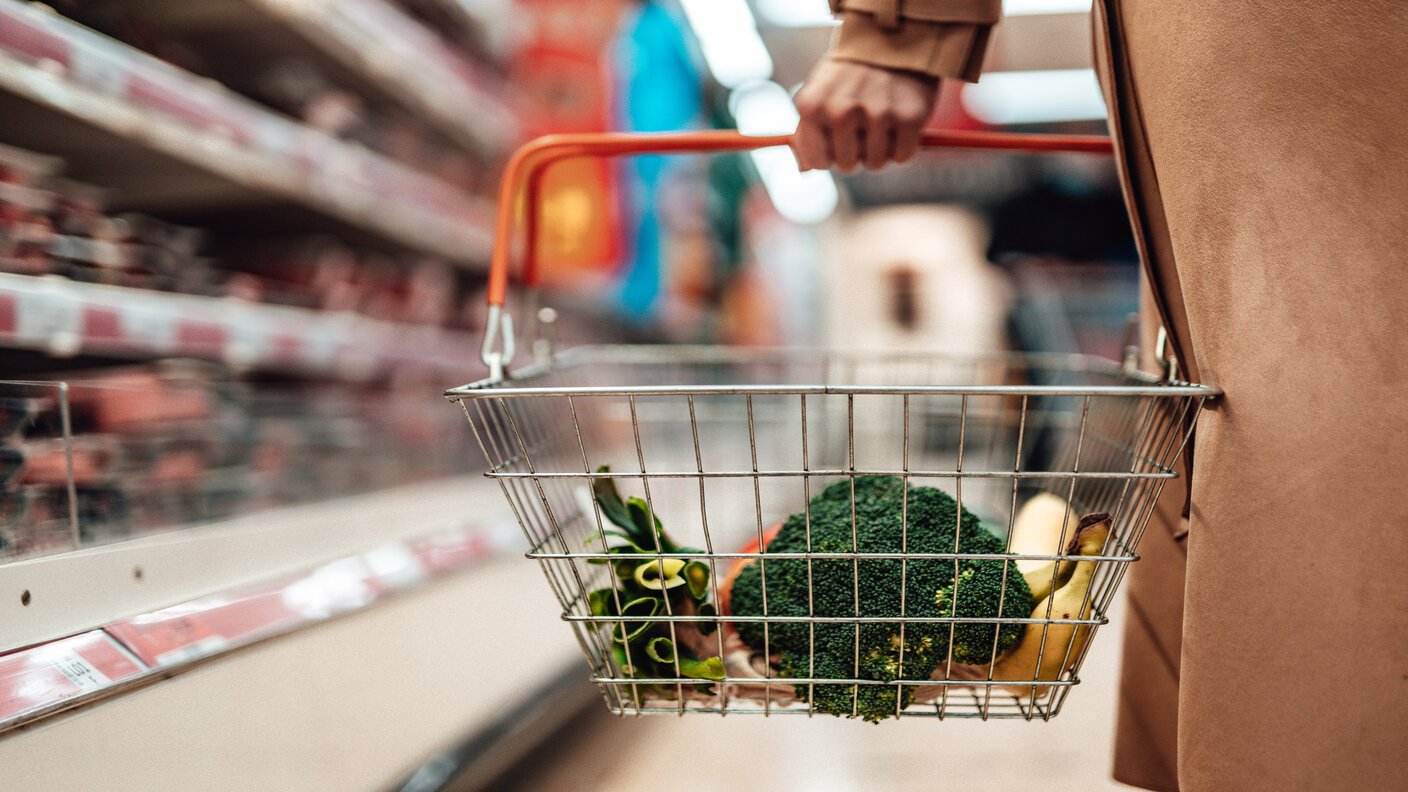 Would a food price cap actually work?
Would a food price cap actually work?Analysis The government is discussing plans to cap the prices of essentials. But could this intervention do more harm than good?
